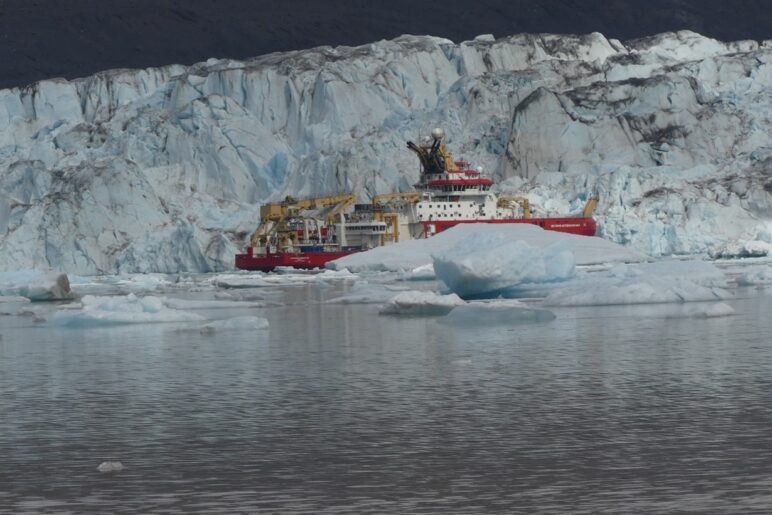The KANG-GLAC expedition set out aboard RRS Sir David Attenborough (SDA) to East Greenland in July 2024 to study processes around marine terminating glaciers. The multidisciplinary scientific team contained experts in marine sediments, glaciology and geology alongside the more ocean-based sciences of physical and biological oceanography and biogeochemistry. Sampling for BIOPOLE was also allocated time to consider further aspects of nutrient dynamics and ecosystems processes. An ocean-ecosystems team, led by Clara Manno, and including Gabi Stowasser, Flo Atherden, Alena Sakovich, Luisa Patrolecco and Geraint Tarling used a combination series of nets, CTDs and floating sediment traps to sample physical, chemical and biological environment. Physical oceanographic measurements, including collection of isotopic tracer samples (e.g. O18), were carried out by Povl Abrahamsen and Bryony Freer while Rhiannon Jones sampled ocean sediments. There was also a land team collecting mud and lake samples around glacial margins, led by Dave Roberts, alongside Iain Rudkin, Jonjo Knott, Tim Lane, Blair Fyffe and Lev Tarasov. Both the ocean and land sampling was focussed around the Kangerlussuaq system, which is a major outflow of one of the largest icecaps in Greenland and one that is experiencing one of the greatest rates of ice loss.
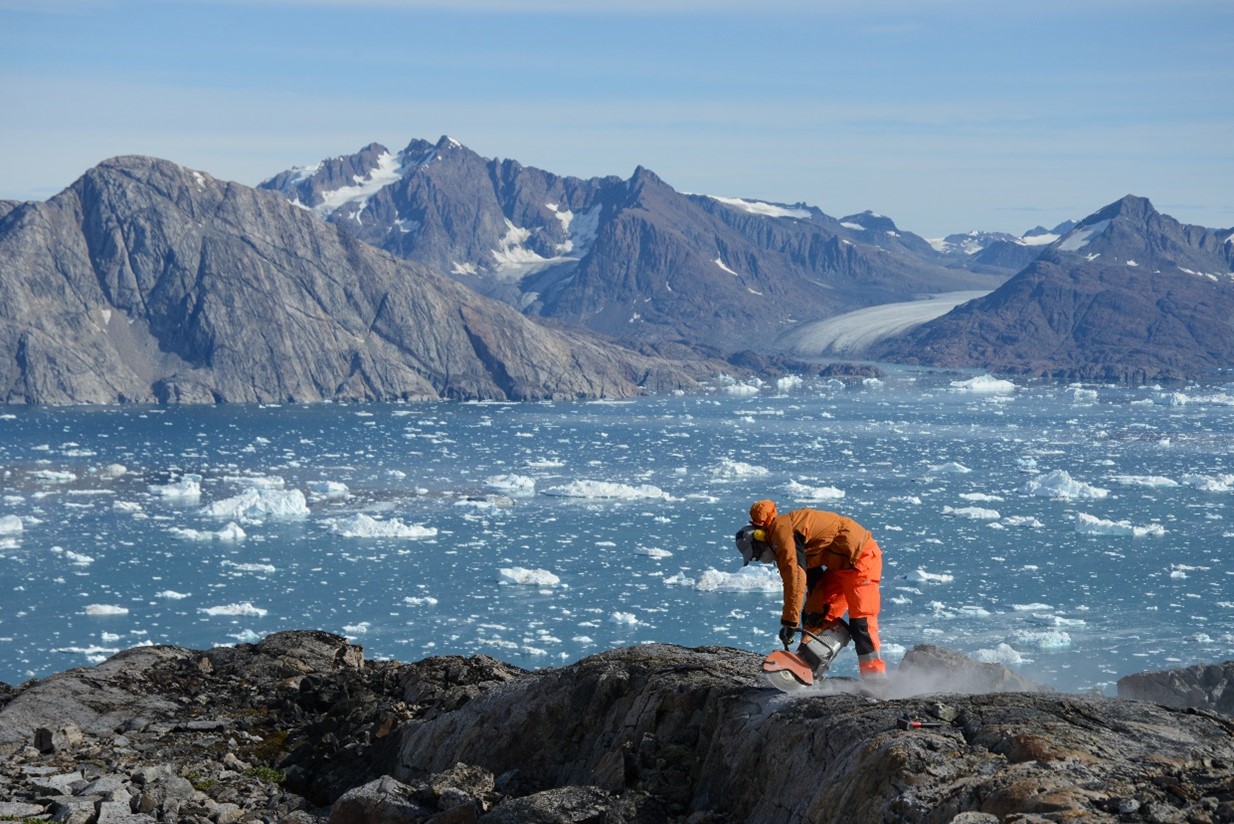
The expedition was particularly unique in making use of the full capability of the SDA to manoeuvre scientists around this unique polar environment. As well as sampling from the SDA itself, a small but highly scientifically equipped launch was also used to sample right up to the edge of marine terminating glaciers. The land-based team used a helicopter, chartered from Air Greenland, to access the glacial margin environments. The use of aerial drones was also invaluable in obtaining a wider spatial context in which sampling efforts could be placed. A mooring containing physical and biogeochemical instrumentation, was sited within the outflow of the Kangerlussuaq system, to be retrieved in 12 months time so as to provide seasonal information.
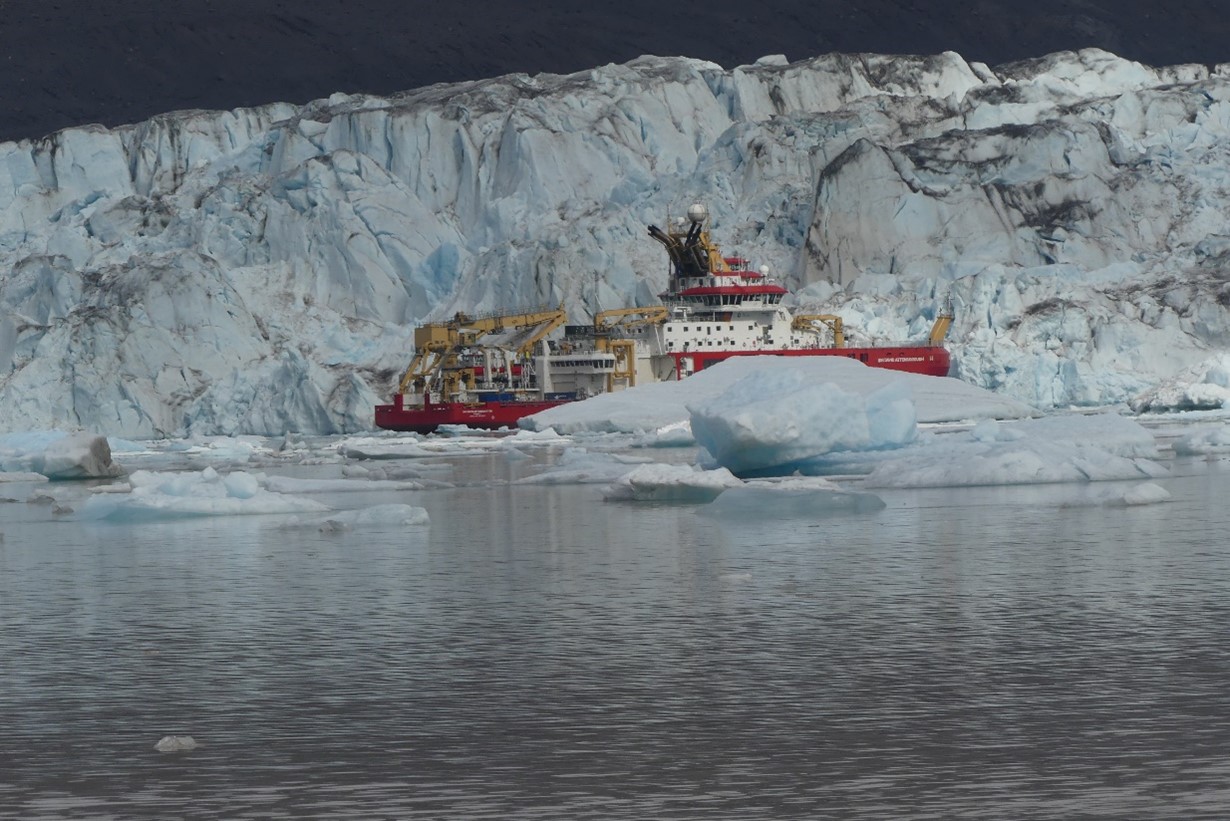
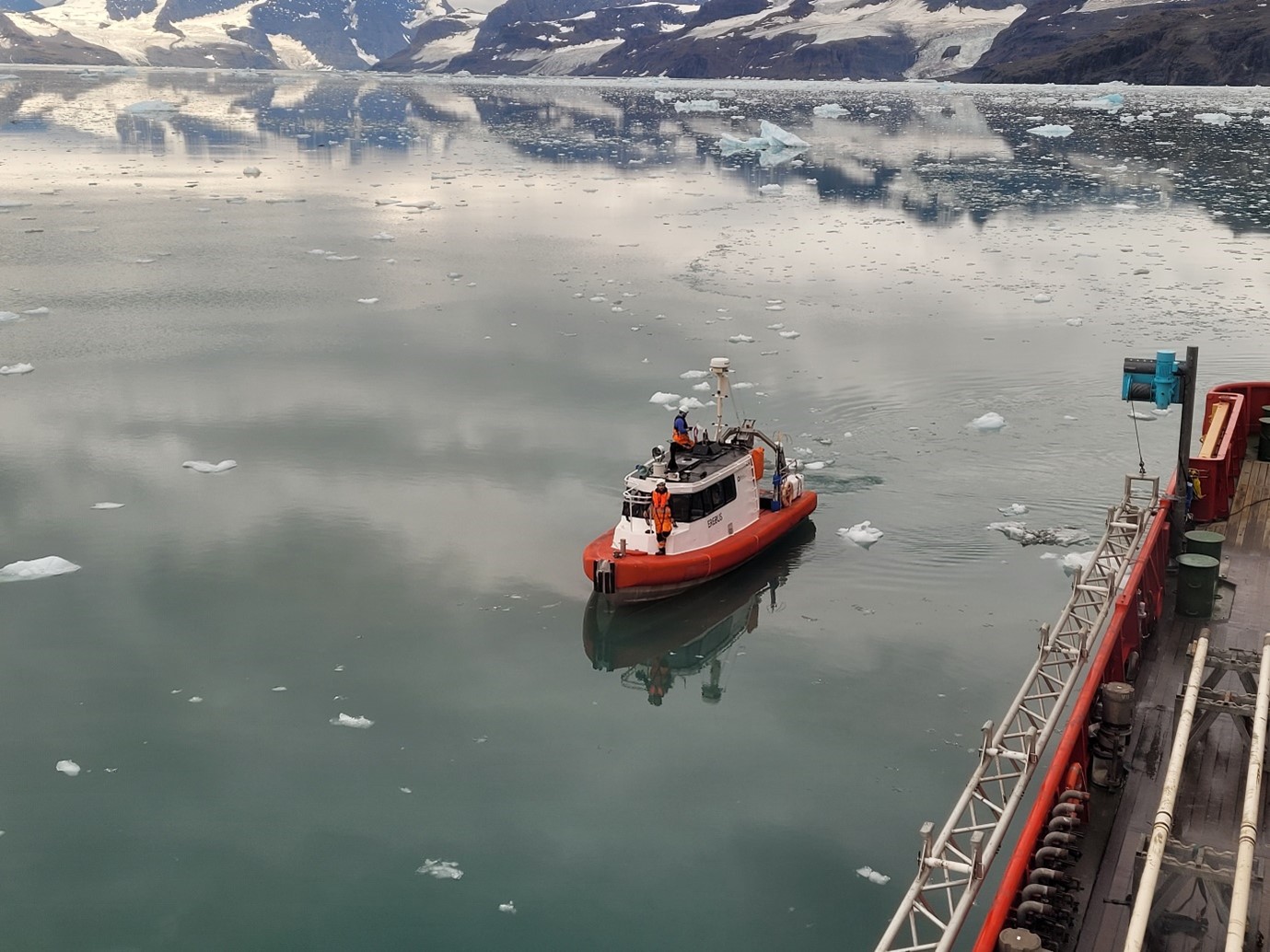
Clara Manno said “this was a highly successful cruise from which the data and samples will provide a number of insights into how marine terminating glaciers influence ocean biogeochemistry and ecosystems”.
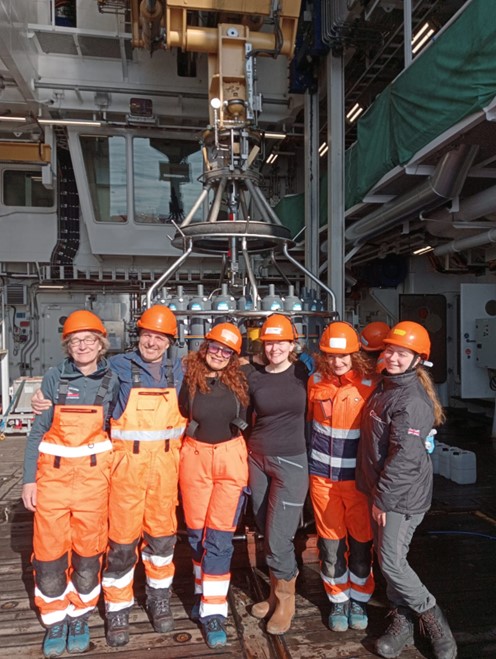
The author of the article – Geraint Tarling (British Antarctic Survey)

